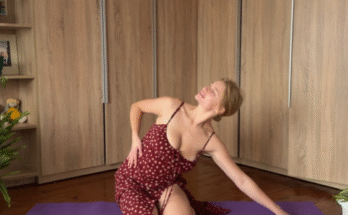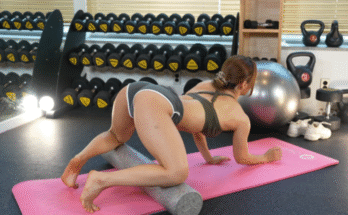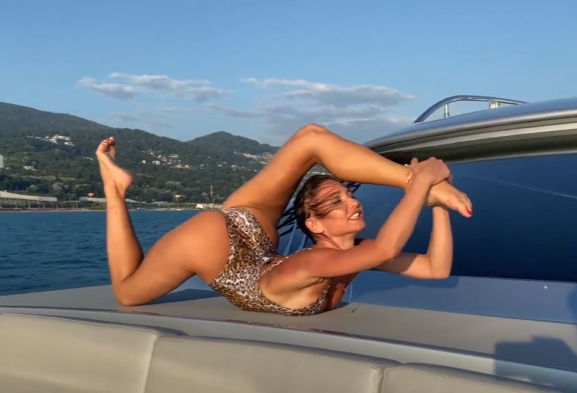
The morning sun sparkled across the calm water, reflecting like a thousand tiny diamonds as the boat glided smoothly through the gentle waves. The air was warm and salty, carrying the soft hum of the ocean breeze. On the deck, the rhythm of the water beneath created a peaceful heartbeat — perfect for a session of yoga stretching. It wasn’t a studio, and there were no mats lined up neatly, but the deck of the boat offered something even more precious — freedom, balance, and connection to nature. This was the perfect moment to explore splits and back bends on a boat trip, blending movement, breath, and the serene beauty of the sea.
The Beauty of Stretching at Sea
Stretching on a boat trip is a completely different experience from doing yoga on land. The constant motion of the boat challenges your balance, making even simple stretches feel more alive and dynamic. Every sway of the boat forces you to engage your core, focus on your breathing, and find stability within instability.
The sound of water lapping against the hull, the call of distant seagulls, and the faint hum of the engine all become part of the music of your flow. There’s something deeply soothing about feeling the boat rise and fall as you stretch — it’s as if nature itself is helping you move.
On this particular morning, the sea was calm, the sky painted with soft pink clouds, and the deck warm underfoot. It was the perfect setting to begin a session focused on splits and back bending, two of yoga’s most elegant and empowering movements.
Warming Up in Harmony with the Waves
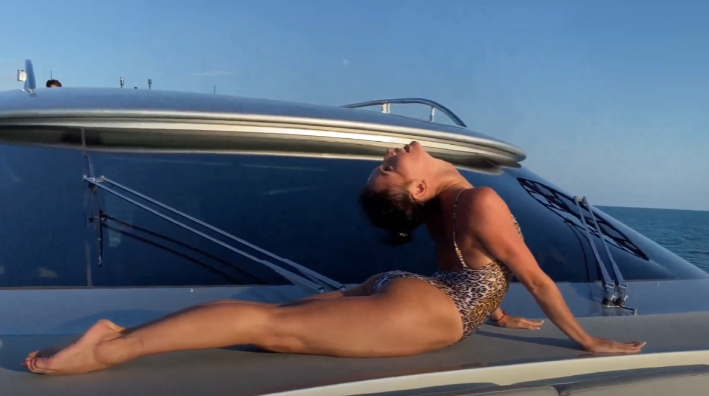
Before any deep stretching, a gentle warm-up is essential. Standing tall with feet hip-width apart, you close your eyes and take a deep breath. The boat moves slightly beneath you, so you naturally engage your core to stay balanced. Inhale — arms reach up toward the sky. Exhale — fold forward slowly, letting your hands brush your legs and finally rest near your toes.
Repeat this a few times, allowing your spine to awaken with each gentle bend. The warmth of the sun helps the muscles relax faster, and the sea breeze cools your skin. You move into cat-cow stretches, using the low railing for support. The spine undulates with the rhythm of your breath — arching on the inhale, rounding on the exhale.
Next, you step into a Downward Facing Dog, hands pressing into the deck, heels gently lowering as the body forms a triangle shape. The stretch runs through your back, shoulders, and hamstrings. The rocking of the boat adds a natural challenge — every wave demands mindfulness and control.
Splits: Finding Balance Between Land and Sea
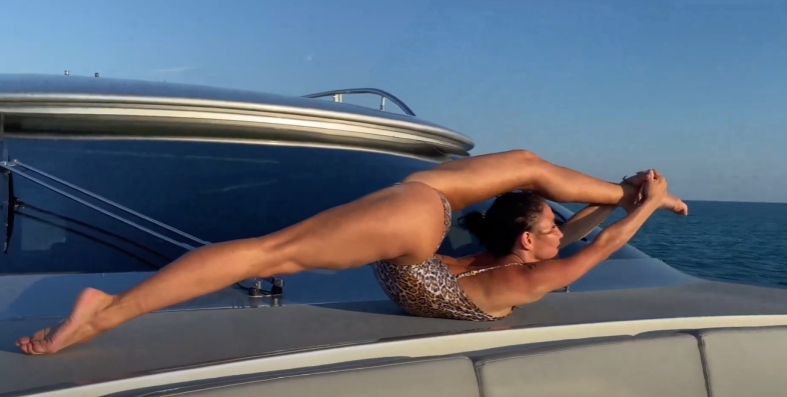
The splits, or Hanumanasana, symbolize courage and openness. Attempting them on a boat adds an extra layer of concentration — you must trust both your body and the rhythm of the water.
Start from a Low Lunge position, right foot forward and left knee resting on a folded towel or yoga mat for comfort. The hands rest on the deck for balance. Slowly, with patience, begin sliding the front foot forward and the back knee backward. The gentle motion of the boat tests your stability, forcing you to find stillness from within.
The hamstrings stretch, the hips open, and the sunlight warms your skin. Every movement is guided by breath. You hold the position and let the water’s rocking motion deepen the stretch naturally, without forcing anything.
In this moment, it feels as if the boat, the sea, and your body are working together — a graceful partnership between strength and surrender. The horizon stretches endlessly ahead, symbolizing freedom and possibility. The splits are not just a test of flexibility, but of patience and balance — two qualities that mirror the essence of life at sea.
Repeat on the other side, taking time to feel each muscle lengthen and release. The sound of the waves becomes a calming rhythm for your breath.
Back Bends: Opening the Heart to the Sky
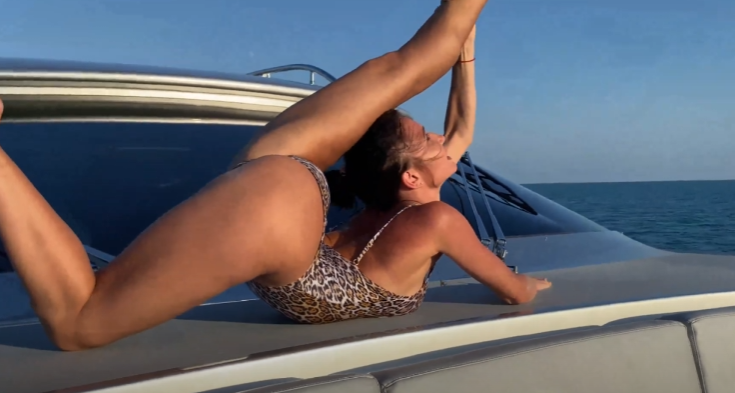
After the deep grounding of the splits, it’s time to open the heart and spine with back bends. These postures energize the body and uplift the spirit — and on a boat, they feel even more powerful.
Begin in a Bridge Pose, lying on your back with knees bent and feet pressing into the deck. As you lift your hips, feel the connection between your body and the surface below. The boat moves slightly, and your muscles adjust to stay balanced. The motion makes you hyper-aware of your alignment — shoulders pressing down, spine arching upward, chest opening wide.
For a deeper stretch, transition into Wheel Pose (Urdhva Dhanurasana). Place your palms beside your ears, fingers pointing toward your shoulders. As you inhale, press into your hands and feet, lifting your body into a graceful arc. The open sky above and the endless blue around you make the pose feel infinite.
If the full backbend feels too intense on the moving boat, try Camel Pose (Ustrasana). Kneel upright, place your hands on your lower back or heels, and arch your body backward. Let your head drop slightly and focus your gaze on the horizon. The stretch across your chest and abdomen feels freeing — as if you’re offering your heart to the ocean itself.
Back bends symbolize trust — trusting your strength, your breath, and the moment. On a boat, this symbolism becomes even deeper. You are surrounded by water, moving with nature, not against it. The balance of flexibility and surrender becomes a living meditation.
The Connection Between Sea and Spirit
Practicing yoga on a boat is more than a physical challenge — it’s a spiritual one. The ocean teaches humility, patience, and adaptability. The waves rise and fall, just like the breath. The wind shifts direction, just like thoughts do. The boat becomes your floating studio, reminding you that balance is not about stillness, but about adjusting gracefully to change.
In splits and back bends, this lesson is clear. Splits teach you to ground yourself while opening up. Back bends teach you to stay strong while expanding your heart. Together, they mirror the balance between earth and sky — between grounding and freedom.
Cooling Down: Floating in Stillness
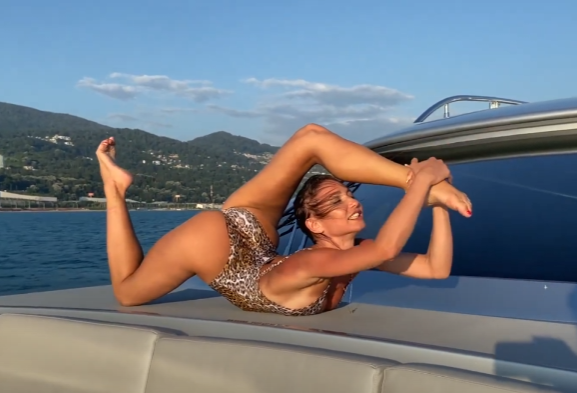
After deep stretching, it’s important to let the body rest. Sit cross-legged at the edge of the deck, facing the horizon. Take slow, steady breaths. Feel the sun on your skin and the soft roll of the waves beneath you. The sea has its own rhythm — one that perfectly matches the calmness now within you.
Lie down for Savasana, the final relaxation pose. The boat sways gently, cradling you like a hammock of water. The mind quiets, the body releases. You can hear nothing but the ocean and your breath. Every muscle softens, and you feel weightless, free, and whole.
In this peaceful state, gratitude fills your heart — gratitude for your body’s strength, for the serenity of the sea, and for the simple beauty of being alive in this exact moment.
A Journey of Body and Soul
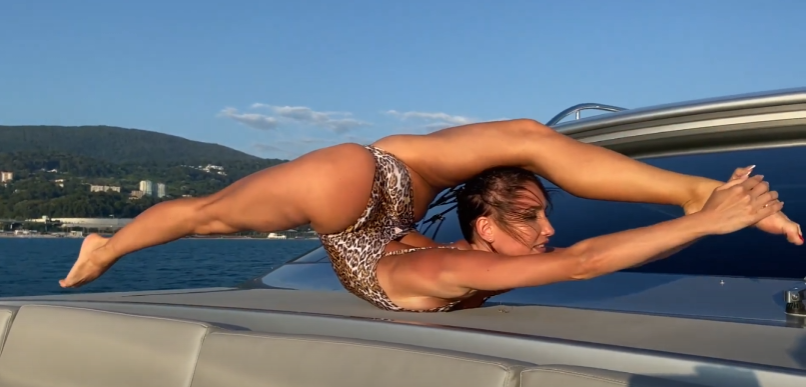
As the boat continues its journey across the water, you sit back up, hands resting gently on your knees. The sea breeze brushes against your face, and the sun glows golden on the horizon. The session is complete, but the feeling remains — that calm, centered energy that yoga always brings.
Stretching on a boat trip is not about perfection or performance. It’s about connection — to the body, to nature, and to the flow of life. The splits remind you to stay grounded even when things feel unstable. The back bends remind you to open your heart, even when the path ahead is uncertain.
When you practice yoga on the sea, you’re reminded of something profound — that balance doesn’t mean standing still, but moving in harmony with the waves. Every breath becomes a tide, every movement a ripple in the stillness of the soul.
And as the boat sails forward into the open ocean, you carry that peace with you — steady, strong, and deeply alive. 🌊🧘♀️

